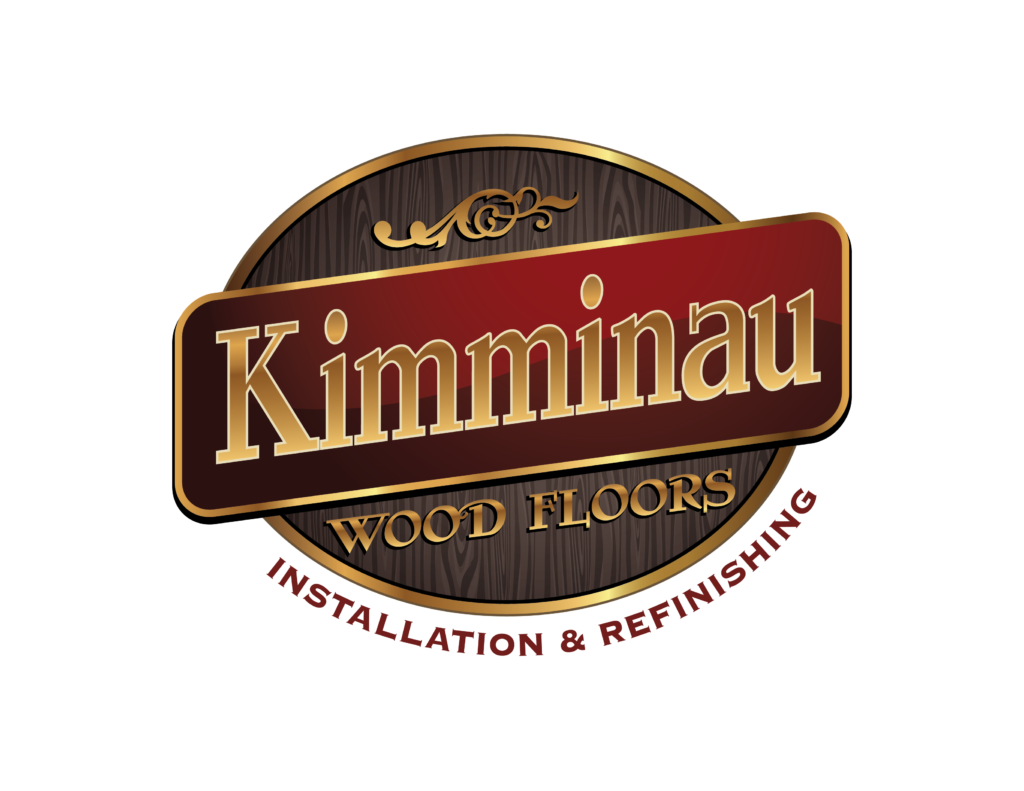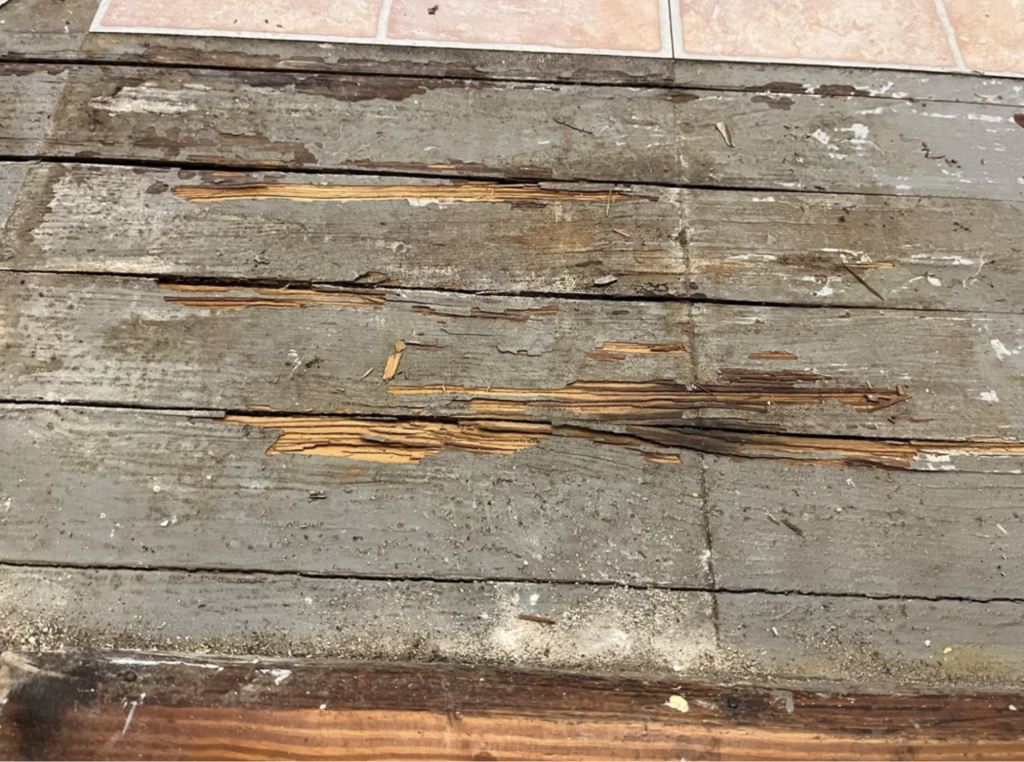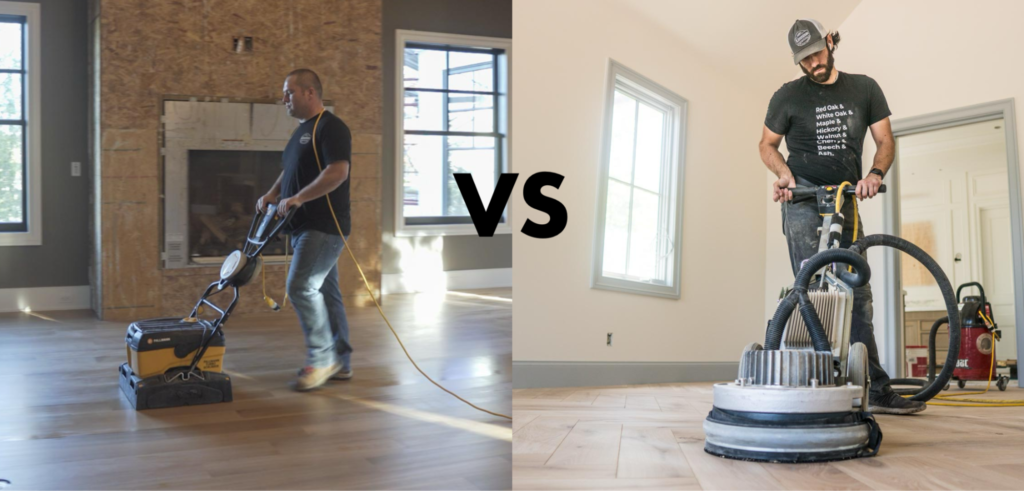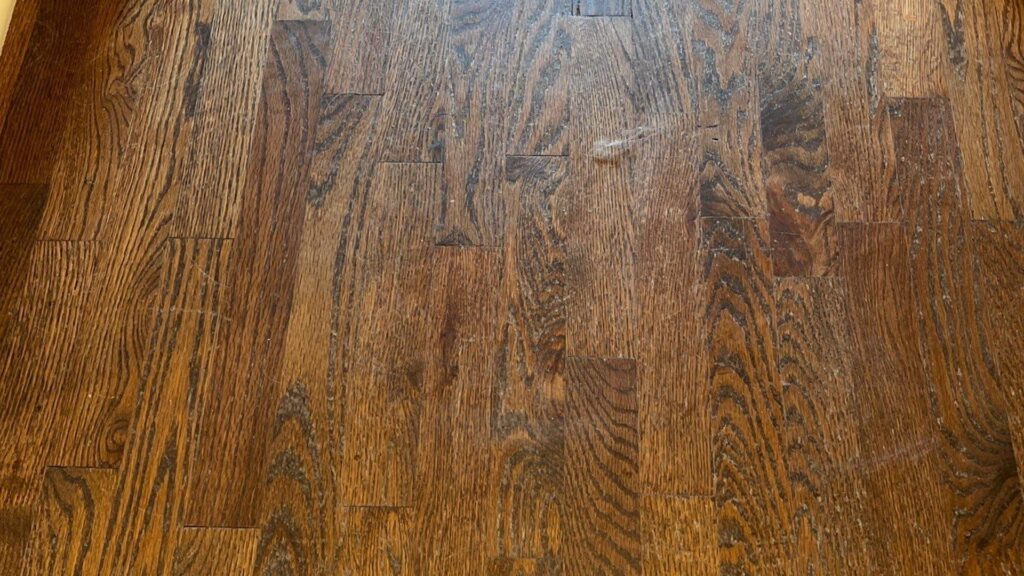Unless you have teenagers and you’re concerned about them sneaking out of the house at night, you probably want to remove these loud annoying squeaks in your hardwood floor.
Hardwood floors can develop squeaks over time due to a variety of factors, such as normal wear and tear, changes in temperature and humidity, improper fasteners used during installation, or improper nailing schedule during the installation process.
I would estimate over 90% of the time it’s caused by sub-floor movement. Most of the houses we work in have subfloors that were nailed down and over time those subfloors have become loose, usually from expansion and contraction from humidity fluctuations. This is the reason sub-floor prep is critical and not to be overlooked whenever you have your floors installed (check out our blog on subfloor preparation).
Now that you have these annoying squeaks, what can be done to fix them?
The first step is to obviously identify the source of the squeak and when possible the cause. We will walk around your home and try to identify the areas where the squeaks are coming from.
If we see some movement or flex in the hardwood planks, this is usually an indicator of improper installation or fasteners. We can tighten the loose boards or replace it depending on the circumstances.
- If we go with the tighten option, we recommend using smaller trim screws and when possible find the joist underneath the subfloor and screw into it. This will also tighten the subfloor down.
- Replacement is used whenever the floor is scheduled to be refinished. Since board replacements can be difficult to blend without sanding the entire floor.
If we determine that it’s probably related to subfloor movement:
- If your basement is unfinished, we can use wood shims and tighten from the underneath. We can shim the gaps between the subfloor and floor joists or use screws to draw the subfloor tight with the joists. In rare cases, we may need to sister the joists together for added stability of the joists.
- If you’re installing hardwood into an adjoining room, we can easily locate where the floor joists sit in that room. Most joists are 16” apart and we can predict where the joists would be located by measuring every 16 inches. We can then use smaller trim screws to screw down through the hardwood planks and subfloor into the floor joists. The trim screws leave a smaller hole and can easily be filled.
- If the squeaks are really bad, we may remove a section of the flooring to expose the subfloor. This will allow us to secure the subfloor properly and then install new planks. This solution is only utilized if the entire floor is already scheduled to be refinished.
It’s best to address your squeaks whenever you’re in process of getting your floors refinished or having a maintenance coat applied. This will allow us to easily hide or masks the screws we’ve had to insert into your floors.
Check out our other blog topics under the resources tab or hit the “Get Quote” button at the top of the screen if you’d like to schedule a consultation.
Thanks for taking the time to learn more about Kimminau Floors!
Our Commitment To Clients
As flooring professionals, we strive to stay educated on the various flooring systems available on the market. We stay at the forefront of new advancements in the flooring industry through continued education and training courses provided by the National Wood Flooring Association. Our knowledge enables us to educate our clients on the pros and cons of various hardwood solutions. Our job is to listen to our clients and provide solutions that best fit their lifestyles. We provide easy and stress-free installations by staying informed, prioritizing clients’ needs, and setting proper expectations.









